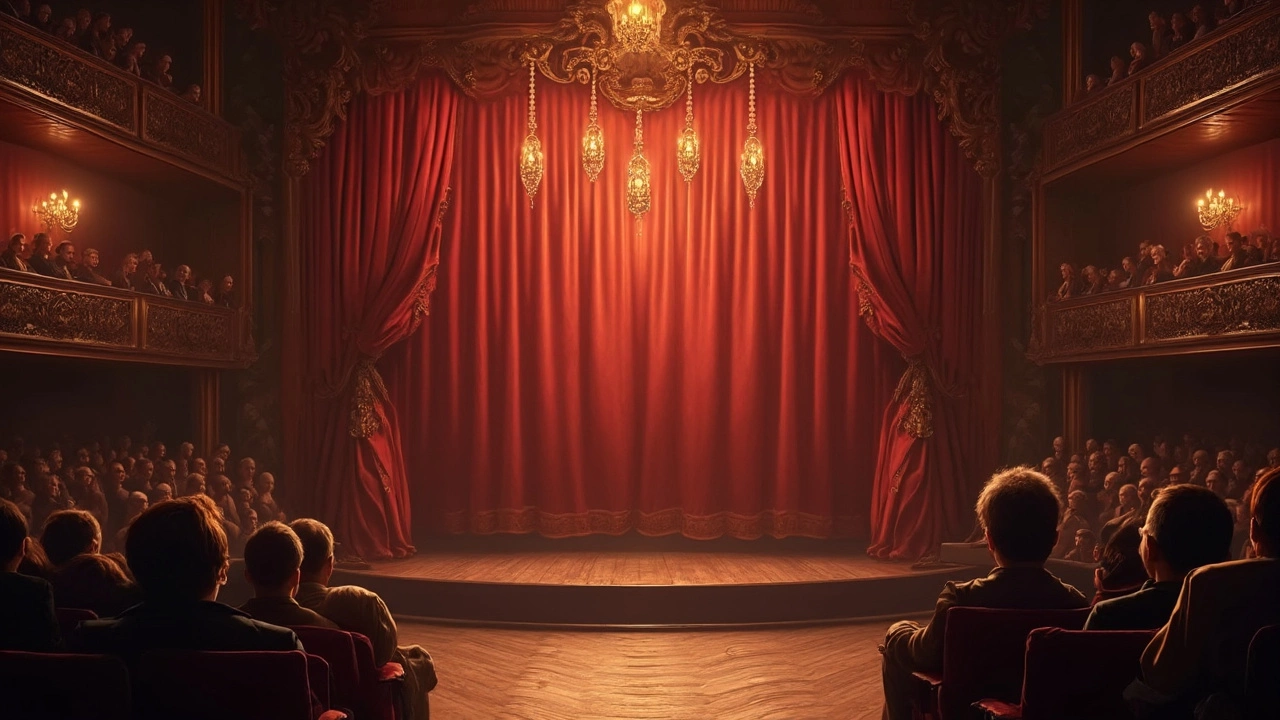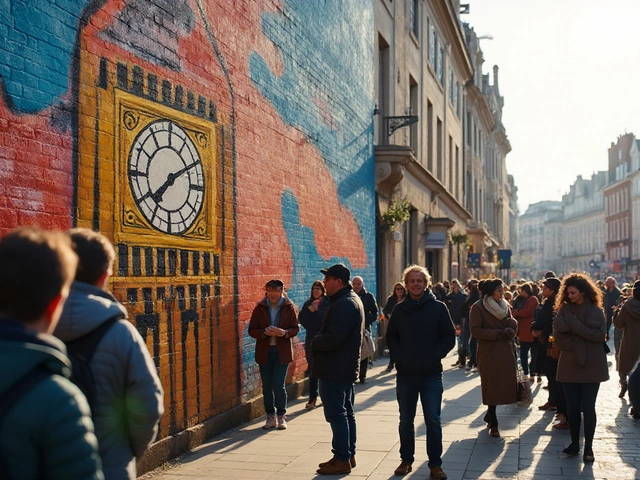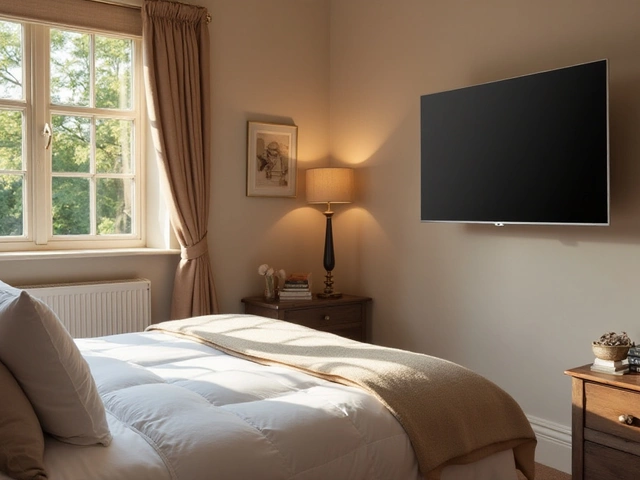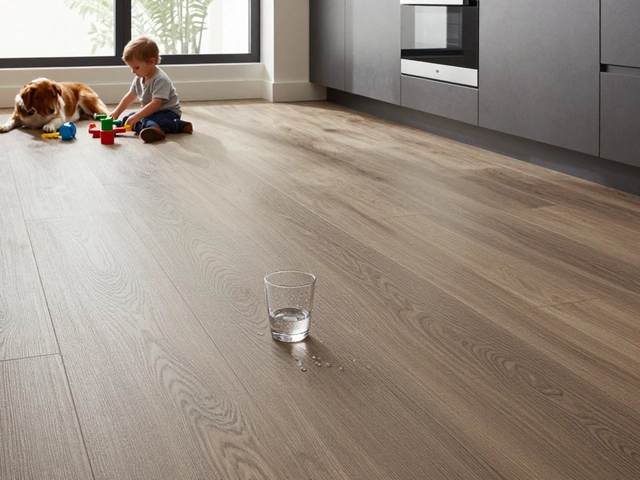Stage Curtain Types – What Every Theatre Owner Should Know
If you’ve ever walked into a theatre, you know the curtain does more than hide the backstage. It sets the mood, blocks light, and helps with sound. Picking the right type can boost the audience’s experience without breaking the bank.
Main Curtain (Front Curtain)
The front curtain, also called the main curtain, is the star of the show. It’s the piece that rises at the start and falls at the end. Most venues use a heavy velvet or a sturdy synthetic fabric that drapes well and blocks light. Choose a width that’s at least 1.5 times the opening for a full, elegant fall.
Other Curtain Types
Beyond the main curtain, theatres often use legs, borders, and cycloramas. Legs are tall strips that run up the side walls, hiding side scenery. Borders sit just above the stage opening, adding a decorative frame. A cyclorama is a large, seamless backdrop that reflects light for special effects. Some spaces also install a safety curtain – a fire‑rated layer that drops in emergencies.
Materials matter as much as style. Traditional velvet gives a rich look and great light blockage but needs dry cleaning. Polyester blends are budget‑friendly, easy to clean, and still look professional. Cotton is lightweight and works well for borders or legs where you don’t need heavy weight.
When you decide which curtains to use, think about your venue size. Small community halls can get away with lighter fabrics and narrower tracks. Large auditoriums benefit from heavyweight drapes that stay tight when raised. Measure the opening twice – once for width and once for height – then add extra fabric for gathering and hems.
Installation is easier when you start with the track system. A ceiling‑mounted track lets you roll the curtain up smoothly. Keep the track at least 3 inches above the opening to avoid snagging. Use carriage hooks that match the weight of your fabric; heavy curtains need sturdier hooks.
Hanging height influences how tall the space feels. For a dramatic look, mount the top of the curtain 4‑6 inches above the actual ceiling line. This creates a visual lift and makes the stage appear larger. Make sure the bottom hangs just a few inches above the floor to prevent tripping.
Maintenance doesn’t have to be a hassle. Spot‑clean stains with a mild detergent and a soft cloth; avoid harsh chemicals that can damage the fibers. For velvet, consider a professional cleaning once a year. Polyester and cotton can be gently hand‑washed in cold water and air‑dried.
Budget tips: buy fabric by the metre and have it sewn to size locally. This often costs less than pre‑made curtains. Look for sales on theatre supply websites, especially after major productions wrap up. You’ll find quality fabric at a fraction of the original price.
Finally, test the curtain before the opening night. Raise and lower it a few times to check for smooth movement and any squeaks. Adjust the track or replace worn hooks early, so you avoid surprises during a performance.
Choosing the right stage curtain types is about balancing look, function, and cost. With the basics covered – main curtain, legs, borders, cyclorama, and safety curtain – you can outfit your stage confidently and keep the show running smoothly.






